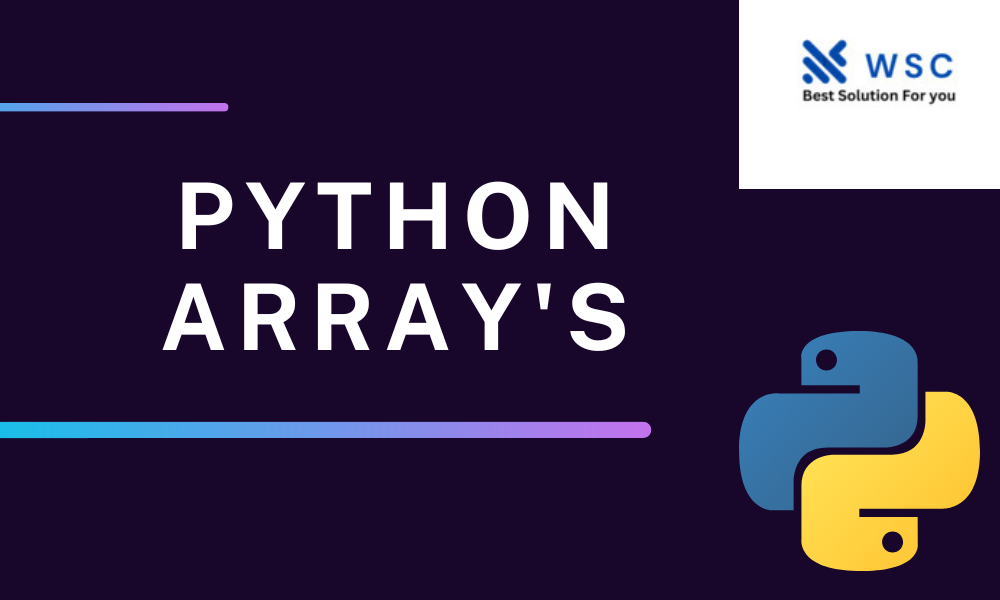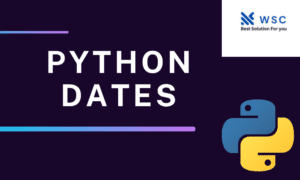Introduction
Are you new to programming and curious about working with arrays in Python? You’re in the right place! In this comprehensive guide, we’ll delve into the world of Python array, exploring their creation, manipulation, and optimization. By the end of this tutorial, you’ll have a solid grasp of how to effectively use arrays to store and manage data in your Python programs.
Looking to learn about Python array for beginners? This comprehensive guide covers array creation, manipulation, optimization, and practical examples using NumPy. Start your journey now!
Understanding Python Arrays
Python arrays are versatile data structures used for storing collections of elements. They offer efficient ways to manage data and perform operations on it. In Python, arrays are known by various names like lists, sequences, or collections.
Creating Arrays
Arrays can be easily created using square brackets. For instance:
my_array = [1, 2, 3, 4, 5]
Accessing Array Elements
Accessing elements in an array is straightforward using indexing. Python uses zero-based indexing, where the first element is at index 0:
first_element = my_array[0]
Array Manipulation
Python provides a variety of methods for manipulating arrays, such as adding, removing, and modifying elements. For example:
my_array.append(6) # Add an element
my_array.pop(2) # Remove element at index 2
my_array[1] = 10 # Modify element at index 1
Array Optimization
Efficiently managing arrays is crucial for performance. NumPy, a powerful library in Python, offers optimized arrays called ndarrays. Installing NumPy and using it for arrays can significantly enhance computation speed.
Practical Example: Calculating Mean
Let’s work on a practical example using arrays. We’ll calculate the mean of a set of numbers:
import numpy as np
data = [25, 30, 35, 40, 45]
numpy_array = np.array(data)
mean = np.mean(numpy_array)
print("Mean:", mean)
Conclusion
Mastering arrays opens the door to efficient data manipulation and storage. By understanding the fundamentals of creating, accessing, and manipulating arrays, along with leveraging optimization techniques like NumPy, you’re well on your way to becoming a proficient Python programmer.
Remember, arrays are foundational in programming, and their versatility makes them a crucial tool in your programming toolkit. Start incorporating arrays into your Python projects and witness the enhanced data-handling capabilities they bring to your applications.
Check our tools website Word count
Check our tools website check More tutorial





Thanks for wonderful information I was looking for this info for my mission.